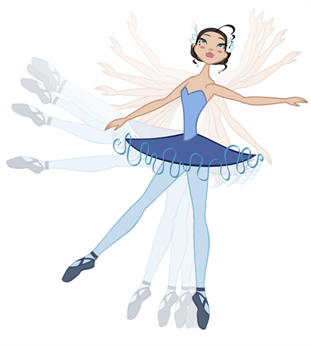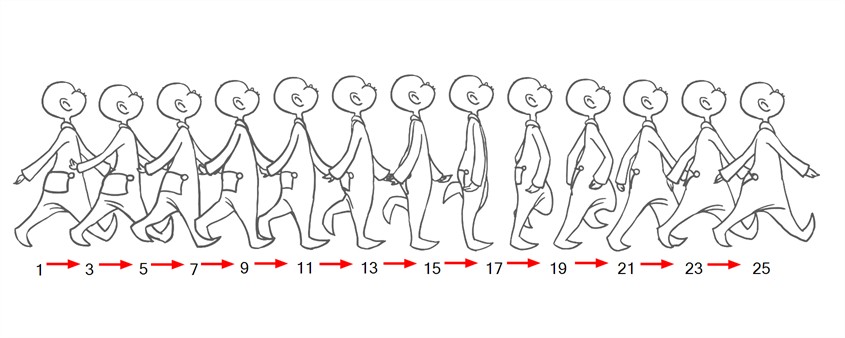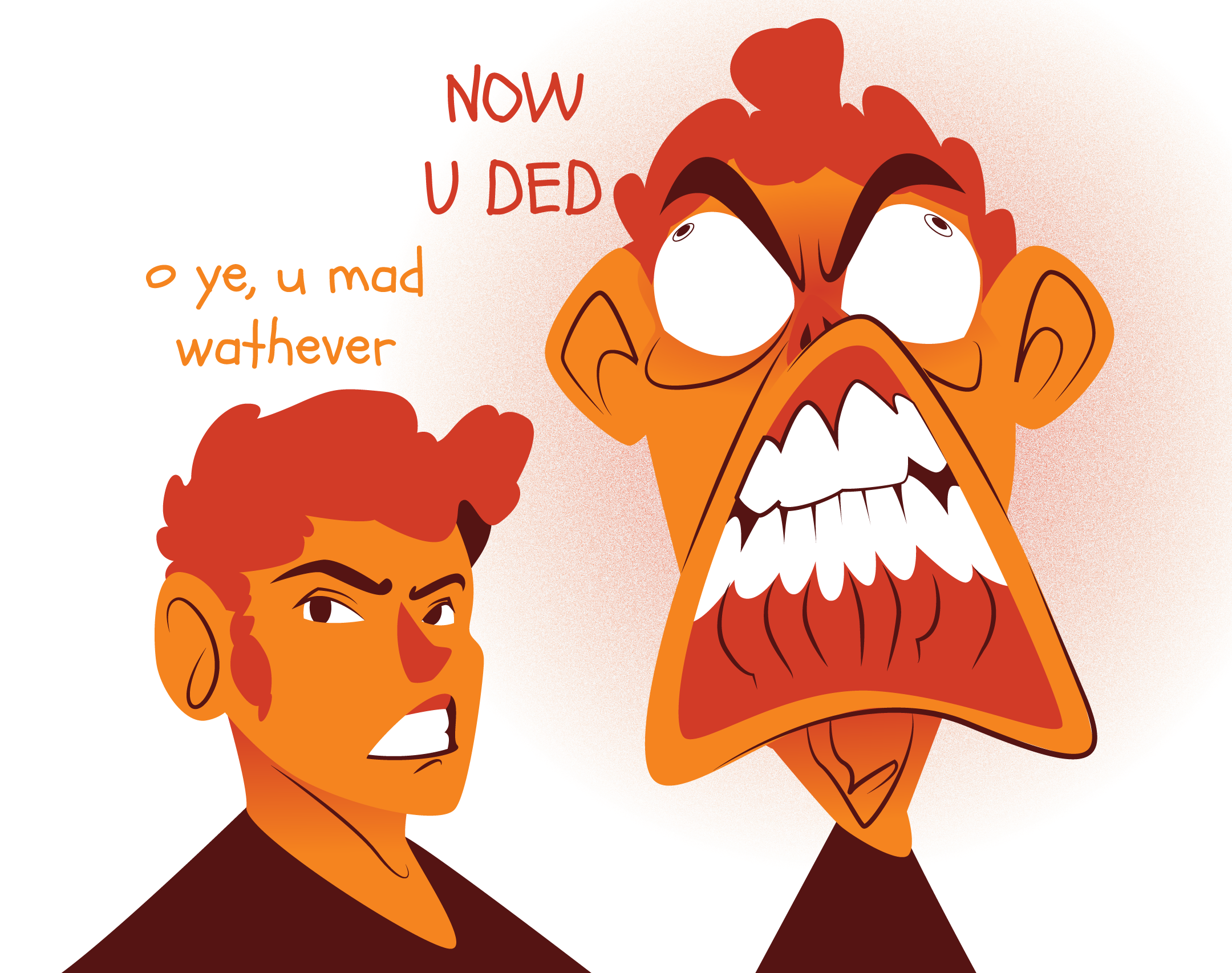12 principals of animation
12 Principals of Animation
- Squash and stretch
when animating the movement of an object you must change how long or flat they are at different points in movement. This tells us the speed, momentum, weight and, mass of an object. When you do this however you must not change the original mass of the object, this would be unrealistic.


2. Anticipation
Before any character does an action they must do something to prepare for it like crouching before a jump, this makes it more realistic and lead the audience to what might happen next. this can have multiple levels showing how powerful the movement is.
 https://steamcommunity.com/sharedfiles/filedetails/?l=latam&id=899499881
https://steamcommunity.com/sharedfiles/filedetails/?l=latam&id=8994998813. staging
Staging is telling the audience what they should be focusing on in a scene and emphasizing ideas for them to understand . This can be done with good control of a camera.
https://www.pinterest.com/ewhiteash/animation-staging/
4.straight ahead, pose to pose
two methods of animation straight ahead drawing poses one after the other in succession and pose to pose is drawing the first and last pose and working backwards. Pose to pose is better for most things especially charcter animation.

5.follow through and overlapping action
depicting how movement realistically does not stop exactly when the main body does and how the tip of an appendage should be the last to start moving and follow through.

6.slow in and slow out
the principal exists because all movement starts slowly speeds up and ends slowing down so to recreate realistic movement it will need to follow this principal. it can be controlled by adjusting the space between frames at the start and end of an animation.

https://docs.toonboom.com/help/harmony-12/premium/Content/_CORE/_Workflow/004_Animation_Principles/000_CT_Animation_Principles.html
7.arcs
organic things do not move in exact lines but arcs created by gravity. when movement ids very fast an arc of color can be added to show how speedy the movements are.

8.secondary action
actions that compliment the primary actions of a character by changing things not directly participating in the primary action to tell us about how the character is felling about the action they are doing.

https://ask.video/video/animation-concepts-102-dynamic-character-animation/11-11-secondary-action
9.Timing
You control timing by how many drawings you have between two poses, if you have more hat are closer together it will move slower, if you less further apart it will move faster. drawing on every frame is called drawing on ones and on every two frames is called drawing on twos, they are both good in their own respects.

10. exaggerating
in animation every action and expression can be exaggerated to more powerfully impact the viewer. The quicker the motion is the more exaggerated actions should be.
https://medium.com/@bymanbe.me/cartoon-drawing-fundamentals-4-simple-points-b317e529fe60
11. solid drawing
this principal means that all 2 D drawings need to appear as if they are in a three dimensional space with all of the features of a 3 D object. 3 dimensional shapes should be used when designing a character to simplify the process. overlap is also very important to make it look 3 dimensional.

12.appeal
General design should be interesting and stand out from the rest of the important characters, this can be achieved by using different shapes in designs of characters and exaggerating areas of intrest all well keeping the design simple.


Comments
Post a Comment